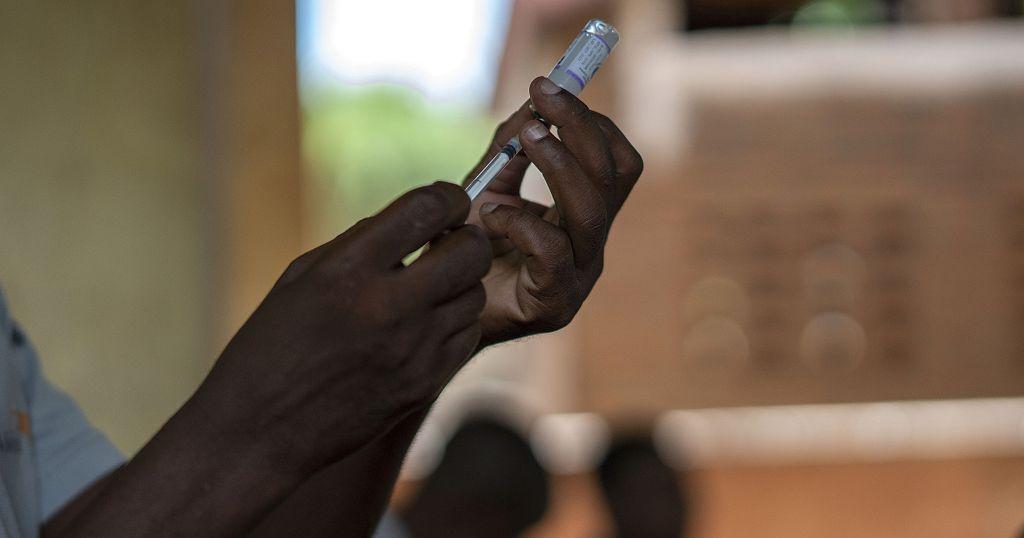Africa-Press – Kenya. As temperatures rise globally, the impact of climate change on the transmission of vector-borne diseases, such as malaria, becomes increasingly evident. In the arid lands of Isiolo, Kenya, the story of Wilson Mutai, a 76-year-old farmer, and Kelvin Onkoba, a 25-year-old nursing intern, sheds light on the destructive consequences of malaria and the challenges faced by those seeking treatment.
Mutai recounts his recent diagnosis with malaria, a disease he describes as both destructive and lethal. Hospitalized in Isiolo, he faced a grim reality — the medical facility lacked the necessary medication for treatment. Faced with limited options, Mutai sought the services of a private doctor who could treat him at home, highlighting the inadequacies of the healthcare system.
Mutai explained.
This struggle for treatment is not unique to Mutai. Kelvin Onkoba, a nursing intern, also experienced the impact of malaria on his life and work. Diagnosed with the disease, Onkoba faced the challenge of missing four days of work, impacting the community he serves. The unavailability of medication at the facility compelled him to dig deeper into his pockets for treatment.
Onkoba shared, highlighting the financial burden that can accompany seeking treatment.
In response to the escalating impact of climate change on disease transmission patterns, the International Livestock Research Institute (ILRI) and the Kenya Medical Research Institute (KEMRI) have collaborated with the Zoonotic Disease Unit to study the effects on mosquitoes and disease transmission.
James Akoko, a research scientist at ILRI, explained the purpose of setting up weather stations in the region, stating,
The research involves trapping mosquitoes in the region to monitor their population and the pathogens they carry. Joel Lutomiah, an entomologist at KEMRI, detailed the process: “When the mosquitoes are trapped from the field, they are transported in a cold chain, that is liquid nitrogen, to the KEMRI laboratory. And this is where now they undergo identification so that we are able to tell what species are present in that particular area.”
Hussein Abkallo, a molecular biologist at ILRI, explained the further analysis conducted on the mosquitoes:
The Horn of Africa, including northern Kenya, has experienced destructive floods recently, contributing to stagnant waters that become breeding grounds for mosquitoes. Willis Akhwale, a senior advisor for Kenya Malaria Council, linked the heavy rainfall to an increase in vector-borne diseases like malaria.
Akhwale explained.
The World Health Organization’s 2023 malaria report highlights a concerning trend, with an estimated 249 million malaria cases worldwide in 2022 – 16 million more cases than the pre-pandemic level in 2019. In response to the growing crisis, two new vaccines, RTS,S and R21 Matrix M, are expected to be rolled out in several African countries in 2024, offering hope in the fight against malaria.
For More News And Analysis About Kenya Follow Africa-Press






